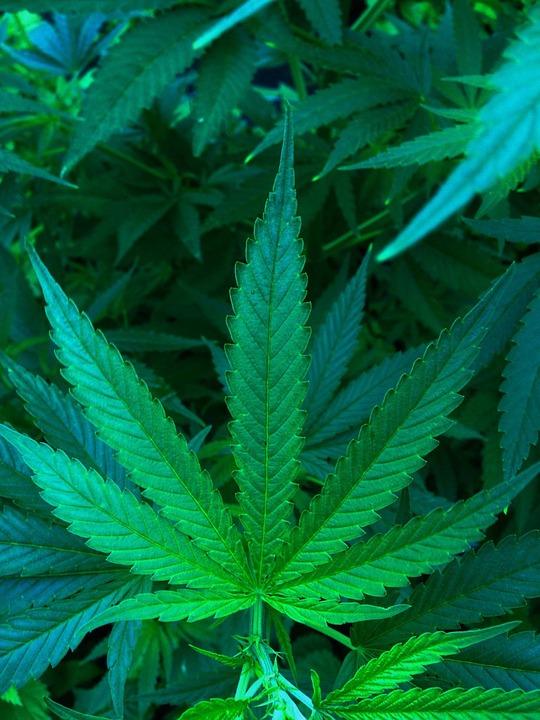The state of cannabis education is up in smoke
The passage of proposition 64 in the state of California this last November has prompted a need for education around cannabis to create a more informed public now that recreational marijuana has been legalized.
A study conducted in 2016 by the National Institute on Drug Abuse found that one-third of high school seniors in America smoke marijuana and that “drug use is highest among people in their late teens and twenties.”
Once these young adults enter higher education, however, they will have a hard time finding extended education about drugs and even less likely to be able to learn about the cannabis plant and its properties.
Cosumnes River College health educator Jon Adams said that during his class, students learn about the various ways things affect their body and health, including drugs and alcohol, but said that he spends “probably no more than a twenty minute block on each subject.”
Other professors, such as Dave Andrews who teaches several classes in horticulture, said that discussions on cannabis and its properties are never present during his lectures.
“We don’t teach it, we don’t talk about it,” Andrews said.
With this in mind, students seeking education on marijuana, its effects, or its chemical breakdown as a plant is not available at CRC.
Some organizations across the country are reacting to the new laws and trying to educate their public, but distributing opinionated and non-factual information does more harm than good.
A presentation held in a Colorado Boy’s and Girl’s club this year aimed to teach children and teens about the dangers of smoking marijuana, but during the discussion, the speakers emphasized that since marijuana has been legalized, “heroin use has skyrocketed.”
Comparisons like this being taught to young adults across the country build a false light around cannabis and with the lack of higher education available, students don’t receive the accurate knowledge they deserve to understand the differences between drugs.
Andrews discussed how almost none of the UC or community colleges have any legitimate program of cannabis education, but he received extensive education himself while working as a high school teacher in Fresno.
“We had probably four or five full days of drug instruction,” Andrews said. “We had a holding seminar with Fresno PD with their drug task force.” He went on to describe that he and the other teachers present during the seminar were witnesses to many different drugs, what they look like, smell like and what they do to a person.
This type of education, he said, was important as a high school teacher so that he could identify and accurately situate any type of drug he may find at his campus. However, none of this information was ever given to the students for their own knowledge.
Curtis Adams, a patrol officer of the Los Rios Police Department, said that since marijuana became legal in California, he has had to explain to students why they can’t openly smoke in public, on several occasions.
“People are happy about that, and that’s good for them, but people need to educate themselves and look at the actual laws and follow them,” Adams said.
And in order to make sure those students and others alike receive reliable education on cannabis and the laws surrounding them, instructional conversations on marijuana must become more common in our education agencies.

